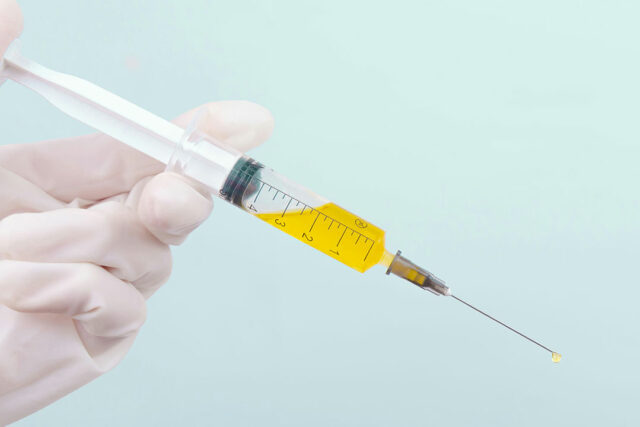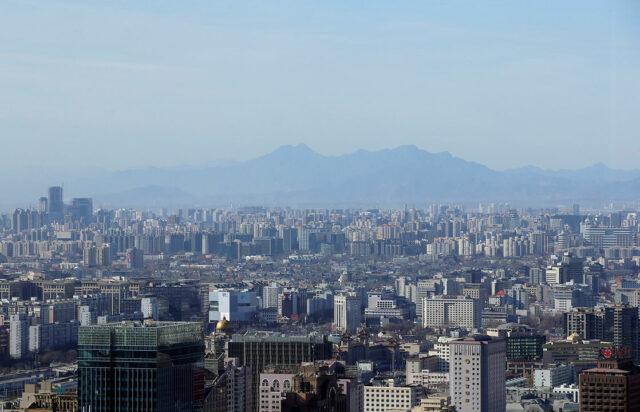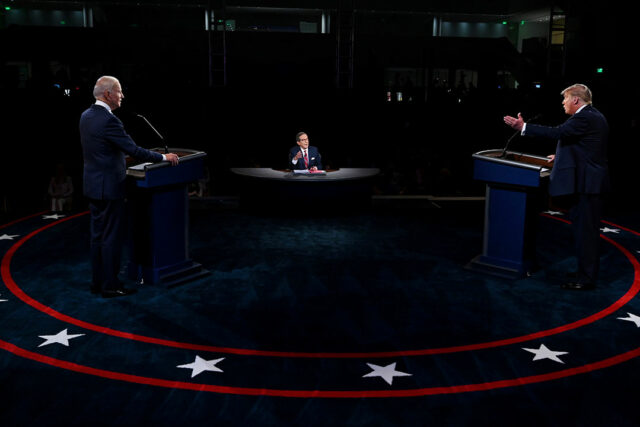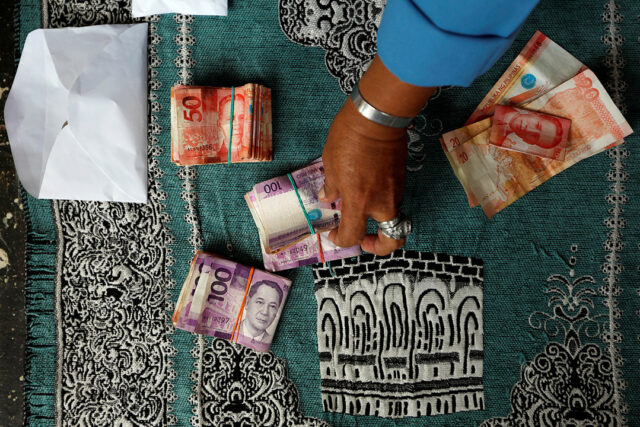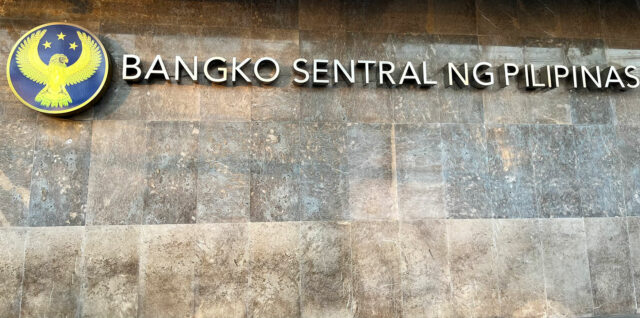Suspect came within inches of killing Trump, but left few clues as to why

BETHEL PARK, Pennsylvania — The portrait pieced together so far of the 20-year-old nursing home aide who allegedly tried to assassinate Donald Trump at an election rally reveals frustratingly little about why he would make such an attempt — or how he managed to come so close to killing the former president.
The early details that have emerged about Thomas Matthew Crooks, who was shot dead by law enforcement, show a young man working an entry-level job near his hometown in Pennsylvania, where he graduated from high school in 2022 with a reputation as a bright but quiet classmate. His high school counselor described him as “respectful” and said he never knew Mr. Crooks to be political.
The FBI said on Sunday that Mr. Crooks’ social media profile does not contain threatening language, nor have they found any history of mental health issues. They said he acted alone and have not identified a motive.
What is unique about Crooks — when compared to other recent shooters who opened fire at schools, churches, malls and parades — is that he came within inches of killing a presidential candidate.
On Saturday afternoon, Crooks slipped onto a rooftop location 150 yards (140 meters) from the stage where Mr. Trump was speaking in Butler, Pennsylvania. He then began firing an AR-15-style semiautomatic rifle, purchased by his father, officials said.
The gunfire killed a 50-year-old man, critically wounded two other spectators, and struck Mr. Trump’s ear — an assassination attempt that has further inflamed an already bitter US political divide. The FBI said it was probing the shooting as “an assassination attempt and potential domestic terrorism.”
A resident of Bethel Park, about an hour away from where the shooting occurred, Crooks was a registered Republican who would have been eligible to cast his first presidential vote in the Nov. 5 election in which Trump is challenging President Joseph R. Biden. Public records show his father is a registered Republican and his mother a registered Democrat, and that as a 17-year-old Crooks made a $15 donation to a Democratic Party cause.
The suspect was a member of a local shooting club named Clairton Sportsmen’s Club, the club confirmed to the media on Sunday while condemning the shooting and calling it a “senseless act of violence.”
Crooks was employed as a dietary aide at a nursing home at the time of the shooting, the home’s administrator said in a statement.
“We are shocked and saddened to learn of his involvement as Thomas Matthew Crooks performed his job without concern and his background check was clean,” said Marcie Grimm, administrator of the Bethel Park Skilled Nursing and Rehabilitation Center.
NEVER KNOWN TO BE POLITICAL
Two years ago, Crooks graduated from the local high school, where he showed no particular interest in politics, according to one classmate who asked not to be identified. Crooks’ interests centered on building computers and playing games, the classmate said in an interview.
“He was super smart. That’s what really kind of threw me off was, this was, like, a really, really smart kid, like he excelled,” the classmate said. “Nothing crazy ever came up in any conversation.”
Jim Knapp, who retired from his job as the school counselor at Bethel Park High School in 2022, said Crooks had always been “quiet as a churchmouse,” “respectful” and kept to himself, although he did have a few friends.
He rarely came across Crooks because “he wasn’t a needy type kid,” Mr. Knapp said. Crooks was content to occasionally eat lunch by himself in the school cafeteria, said Mr. Knapp, who would engage such students to see if they wanted company.
“Kids weren’t calling him names, kids weren’t bullying him,” Mr. Knapp said.
Knapp said he never knew Crooks to be political in any way, even as other kids would sometimes wear Trump or Biden attire. He added that he couldn’t recall Crooks ever being disciplined in school.
“Anybody could snap, anybody could have issues,” he said. “Something triggered that young man and drove him to drive up to Butler yesterday and do what he did.”
Residents near the Crooks’ home described feeling shocked and unsettled that an assassination attempt has been linked to a person from the sedate city of 33,000 people.
“Bethel Park is a pretty blue-collar type of area, and to think that somebody was that close is a little insane,” said Wes Morgan, a 42-year-old who works at an investment management company and bikes with his children on the same street as the Crooks’ residence.
A couple standing on the porch of their nearby brick ranch-style home was left processing the events and spotlight on their neighborhood.
“There’s never been a gun issue. There’s never been the police being called,” Mary Priselac, 67, said alongside her husband. “You kind of have to wonder what didn’t he get in life? What led to this extreme?”
Crooks’ gun — an AR-style-5.56 caliber rifle — had been legally bought, the FBI officials said, adding that the FBI believed it had been purchased by the suspect’s father. The officials said “a suspicious device” was found in the suspect’s vehicle, which was inspected by bomb technicians and rendered safe.
Bruce Piendl, owner of Allegheny Arms and Gunworks in Bethel Park, said guns were part of the culture in the area. “You have to understand in western Pennsylvania we have a rich tradition of hunting and fishing and outdoor stuff,” he said. “Within 10 miles (16 km) of here, there are a ton of gun clubs.”
Mr. Piendl said his record show he did not sell any firearms to the shooter but declined to say whether he sold any to his family.
“That’s between me and God,” Mr. Piendl said. — Reuters





